This is the exact six-week running plan I used to run my fastest ever 5K
I’d never broken the 20-minute barrier—until I followed this six-week training plan
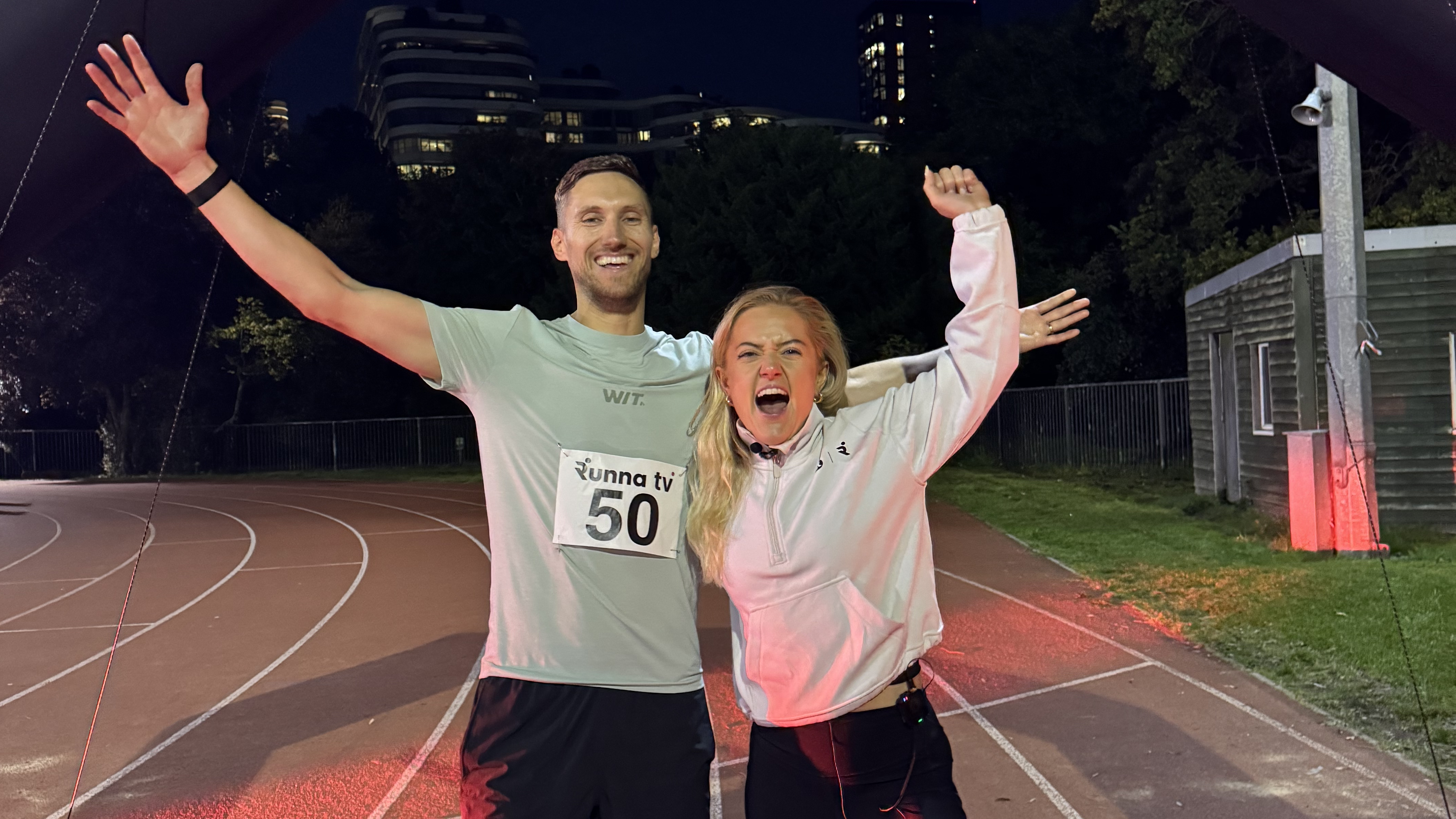
Hi. Let me introduce myself.
I’m a 38-year-old, distinctly part-time runner, but with a decent base of strength and stamina. I’ve tried, but never managed to run 5K in under 20 minutes.
There is, of course, no shame in that. Any internet article on what constitutes a good 5K time would say that getting anywhere near 20 minutes is excellent, but setting yourself a goal time to beat is less about how you compare to others, but whether you can improve on something when you set your mind to it.
I decided to attempt a sub-20-minute 5K earlier this summer when running app Runna (now owned by Strava) hosted a 5K challenge on a 400m track in London’s Battersea Park.
Led by coach Anya Culling, Runna challenged the participants to run 5K as fast as possible, then try to beat that time six weeks later with help from its app.
Now I’ve completed the plan, I can attest that having a structured plan to follow, with in-built accountability, training tips, detailed metrics and constant feedback, made a huge difference.
In fact, it made 52 seconds of difference, helping me finally dip under the 20-minute barrier.
Start your week with achievable workout ideas, health tips and wellbeing advice in your inbox.
So, here’s my plan in full, along with extra tips from Culling that should help anyone improve.
My plan was tailored to my experience level. If you’re completely new to running, you’ll be better off starting with a Couch to 5K plan, or even just one or two runs per week, primarily focusing on run-walk intervals as you build tolerance.
But if you run semi-regularly and are keen to test your limits, this plan should give plenty of helpful pointers to help you run your fastest ever 5K. Or at the very least, it will show you what Runna offers to subscribers. Good luck.
This is what it takes to run a sub-20-minute 5K
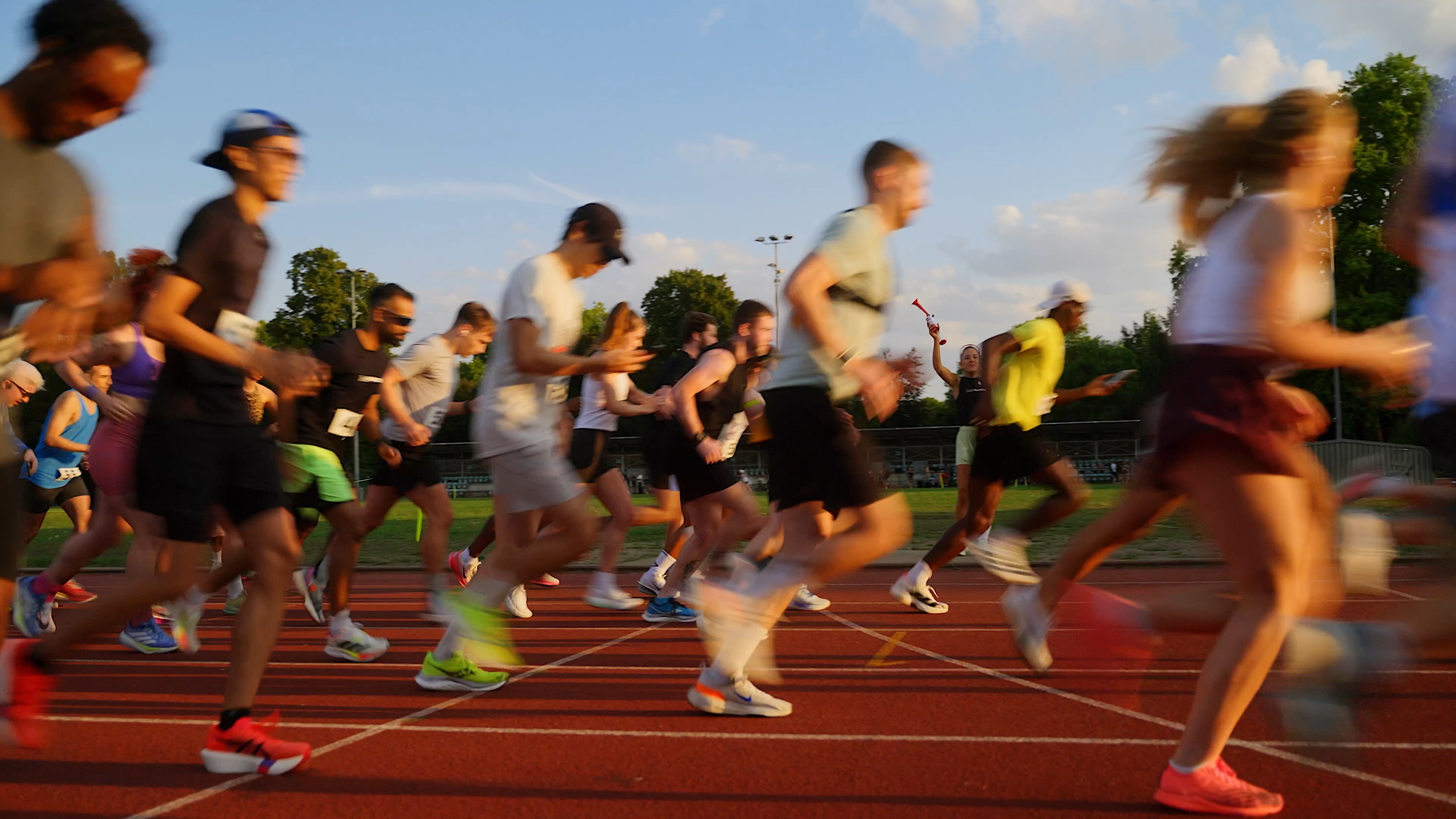
Before embarking on this six-week plan, I first had to set a time to beat.
Alongside 50 other runners on a balmy mid-August evening, I clocked a career best of 20min 42sec.
Next, I had to build my plan. Using the Runna app, I set 20 minutes as my 5K target, noted the deadline of October 1 and specified that I could run three times per week.
The plan consisted of easy runs, where the goal is to move at a conversational pace (around 3-5 on the rate of perceived exertion out of 10), long, slow runs ranging from five to nine kilometers, progression runs where the pace gradually speeds up, intervals and hills.
“I think 5K is such a great distance, whether it’s your first 5K or your fastest 5K,” says Culling, when I catch up with her at the halfway stage of my plan.
“I believe everybody can do it, but it’s all about finding consistency and making sure your training is sustainable.”
Week 1
Wednesday: 5K easy run
- Run at a conversational pace—no faster than 5min 25sec/km (Most runs specified pace in this format, which is readily tracked on every running watch and fitness tracker, or you can use the Record on Device feature in the Runna app to keep tabs on your pace.)
Sunday: 6km long run
- Run 6km at a conversational pace
The first two sessions in my 5K plan are relatively gentle, showing that you shouldn’t start by throwing yourself off the deep end.
The easy and long run, as coach Ben explains in the app, will “play a big role” over the course of the next six-and-a-half weeks.
“It is important to take these slow,” he says. “Aim to stay at a conversational pace and save the big efforts for your harder session.”
Culling adds that if you’re just starting out, alternating one minute of running with two minutes of walking can help build your running fitness in a more manageable way.
“Our first 5K plans always start with a run-walk approach,” she tells Fit&Well. “The main thing we try to promote is [training] has to be sustainable and it has to build progressively.”
Week 2
Tuesday: Progression run
- 1km warm-up at a conversational pace—no faster than 5min 20sec/km
- 1.5km at 4min 55sec/km
- 1.5km at 4min 30sec/km
- 1.5km at 4min 20sec/km
- 90sec walking rest
- 500m cool down at a conversational pace or slower
Thursday: 5.5km easy run
- Run at a conversational pace, no faster than 5min 20sec/km
Sunday: 7km Progression long run
- 2km warm-up at a conversational pace
- 2km at 5min 5sec/km
- 2km at 4min 40sec/km
- 1km at 4min 30sec/km
The intensity in week two noticeably cranks up, along with the distance and pace of both the easy and long run.
“The best way to improve your 5K time is to include a variety of runs that will work both your aerobic and anaerobic energy systems,” explains Culling.
“So easy runs, long runs, tempo runs and interval runs.”
Long runs, she elaborates, build endurance, while intervals will train your body to run faster than your target 5K pace.
“The aim with intervals, like with this progressive run, is to increase the time in which you can hold the faster pace.”
Week 3
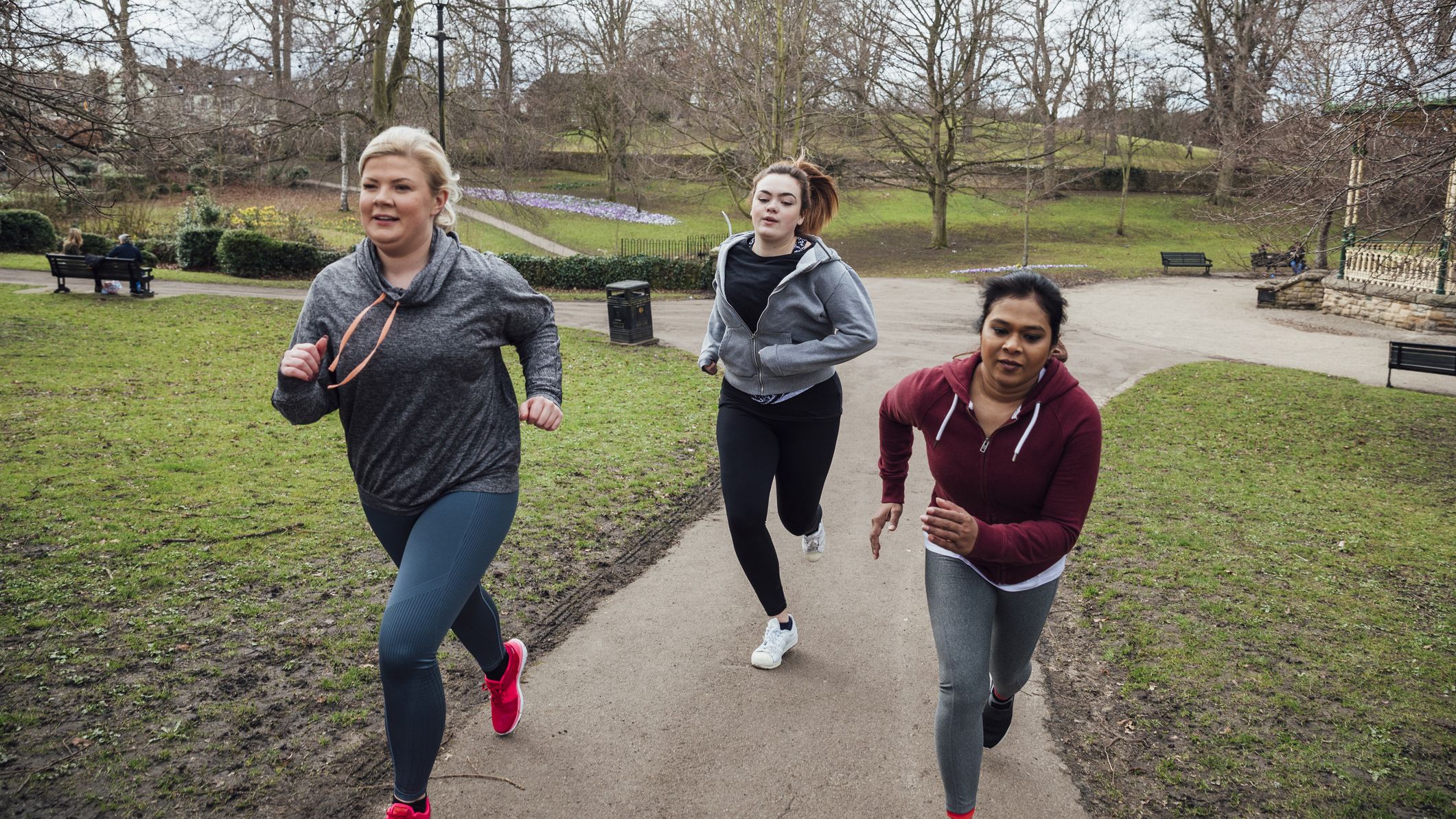
Tuesday: Hill repeats
- 1km warm-up at a conversational pace—no faster than 5min 20sec/km
- 6 reps of 60sec running hard uphill, followed by 30sec walking rest and easy jog back down
- 1km cool down at a conversational pace—or slower
Thursday: 4.5km easy run
- Run at a conversational pace, no faster than 5min 20sec/km
Sunday: 5K long run
- Run 5K at a conversational pace
Despite my best intentions, week three is when my timetable slips and for the first time I skip the easy run.
In its place, I substitute a gym workout, using Runna to populate my plan with running-specific strength exercises like calf raises, single-leg deadlifts and step-ups.
Including these resistance workouts once or twice per week, Culling says, will help reduce the risk of injury in the long term and improve my top-end speed.
The hill repeats really leave their mark. Hot-footing it uphill for a full minute is easily the most punishing part of the plan.
Week 4
Tuesday: Pyramid interval run
- 1km warm-up at a conversational pace—no faster than 5min 20sec/km, followed by 90sec walking rest
- 200m at 3min 40sec/km, followed by 60sec walking rest
- 400m at 3min 45sec/km, followed by 90sec walking rest
- 800m at 4min/km, followed by 90sec walking rest
- 1.2km at 4min 10sec/km, followed by 120sec walking rest
- 800m at 4min/km, followed by 90sec walking rest
- 400m at 3min 45sec/km, followed by 90sec walking rest
- 200m at 3min 40sec/km, followed by 60sec walking rest
- 1km cool down at a conversational pace or slower
Thursday: 7km easy run
- Run at a conversational pace, no faster than 5min 20sec/km
Sunday: 8km hotspot long run
- 4km at a conversational pace
- 1km at 4min 5sec/km
- 3km at a conversational pace
In week four, the intensity and distances crank up another notch.
“I enjoy the change in distances throughout this session,” says coach Steph in the app, referring to the pyramid intervals. Only an elite runner would say that.
Steph advises me to start fast in the first few reps, bring the pace down as the distances get longer, then try to beat my previous times as I climb back down the pyramid.
Conveniently, you can toggle your session on the Runna app from outdoor, with the pace in minutes per kilometer, to treadmill, with pace in kph, which I prefer for somewhat chaotic sessions like this one.
That said, it feels like the 1.2km at 4min 10sec/km (or 14.4kph) will never end. Yet the faster kilometer in the middle of the weekend’s long run (at 4min 5sec/km) flies by.
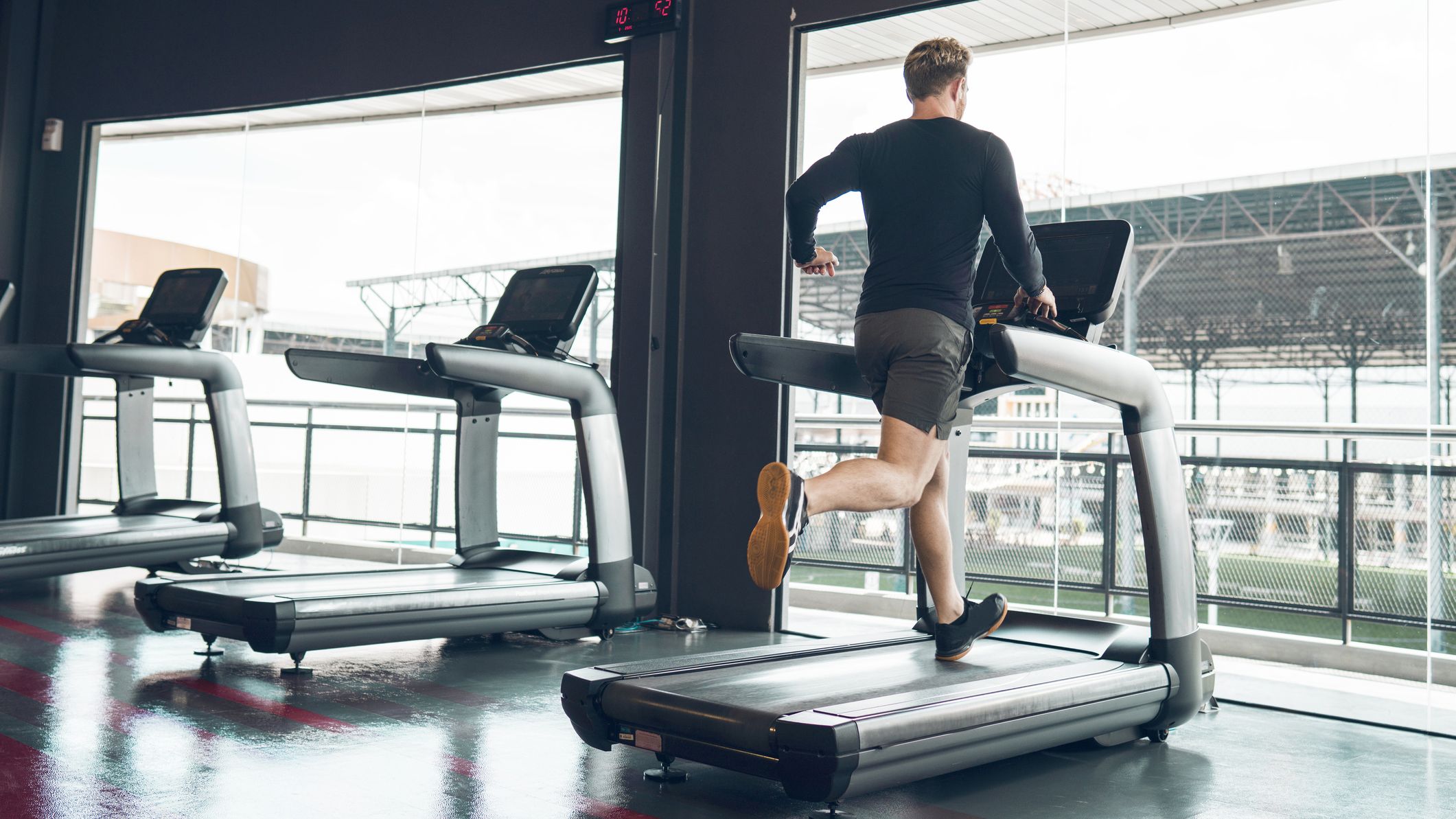
Sam preferred to run the more complicated sessions on the treadmill
Week 5
Tuesday: Rolling 400s
- 2km warm-up at a conversational pace—no faster than 5min 15sec/km
- 4 reps of 400m at 4min 15sec/km, followed by 400m at 5min/km
- 90sec walking rest
- 1.2km cool down at a conversational pace or slower
Thursday: 7.5km easy run
- Run at a conversational pace, no faster than 5min 15sec/km
Sunday: 9km hilly progressive long run
- 2km at a conversational pace
- 2km at RPE 5
- 2km at RPE 6
- 2km at RPE 6 (slightly faster than previous rep)
- 1km at a conversational pace
Another tricky week. The rolling 400s are punchier than they look because, explains coach Ben, “the recovery is active, making the session a little bit more challenging”.
It’s similar to Culling’s favorite training session, something she calls K repeats, where you run 5 x 1km at your target 5K pace, with 90-120sec recovery in between efforts.
“That session kicks my butt,” she says. “It’s almost harder [than the full 5K] because you’re going fast, then stopping, so you can’t get into that flow state as much.”
Learn to live with this pace, however, and you should be able to sustain it for the full 5K when “you’ll find that extra bit to continue without those rests and recoveries”.
Week 6
Tuesday: Drop set
- 1km warm-up at a conversational pace—no faster than 5min 15sec/km
- 90sec walking rest
- 1km at 4min 10sec/km, followed by 90sec walking rest
- 800m at 4min 5sec/km, followed by 90sec walking rest
- 600m at 3min 55sec/km, followed by 90sec walking rest
- 400m at 3min 50sec/km, followed by 90sec walking rest
- 200m at 3min 45sec/km, followed by 90sec walking rest
- 1km at a conversational pace or slower
Thursday: 5.5km easy run
- Run at a conversational pace, no faster than 5min 15sec/km
Saturday: 6km hilly run
- Run 6km at a conversational pace
Week six is where the magic happens, I’m told.
It's when my weekly volume and intensity starts to taper down, which Culling says will give my body a chance to absorb all the hard training I’ve been doing.
I use a treadmill for the drop set workout, enjoying pushing my max speed, then take it nice and easy with the weekend run.
“No targets, paces or hard efforts today,” says coach Steph. “Pick a nice route and just enjoy running.”
Race week
Monday: Taper 400s
- 2km warm-up at a conversational pace—no faster than 5min 15sec/km
- 60sec walking rest
- 5 reps of 400m at 4min/km, followed by 90sec walking rest
- 1km cool down at a conversational pace or slower
Wednesday: 5K race
- With a target of 19min 59sec or quicker, my target pace was 3min 50sec/km-4min/km.
Crunch time. Lining up beside 50 returning Runna members on the track in Battersea Park, I find myself surprisingly nervous.
“The key to a good time is not heading out too fast,” notes coach Steph in the app.
“Keep 3min 55sec/km as your target pace. Don’t speed up beyond this pace until the halfway mark and you are confident that you won’t be slowing down before the finish line.”
With my legs feeling fresh and the miles in the tank, I find I’m able to cling on to a pace just under 4min/km for the first four kilometers.
Then, with the finish in sight, I kick on for the final two and a half laps of the track, propelled by the energy of my fellow PR chasers.
In just over six weeks, I’ve managed to cut my best time from 20min 42sec to 19min 50sec and finally earn my place in the sub-20min 5K club.
Just imagine what I could have achieved if I had actually completed all the training runs.
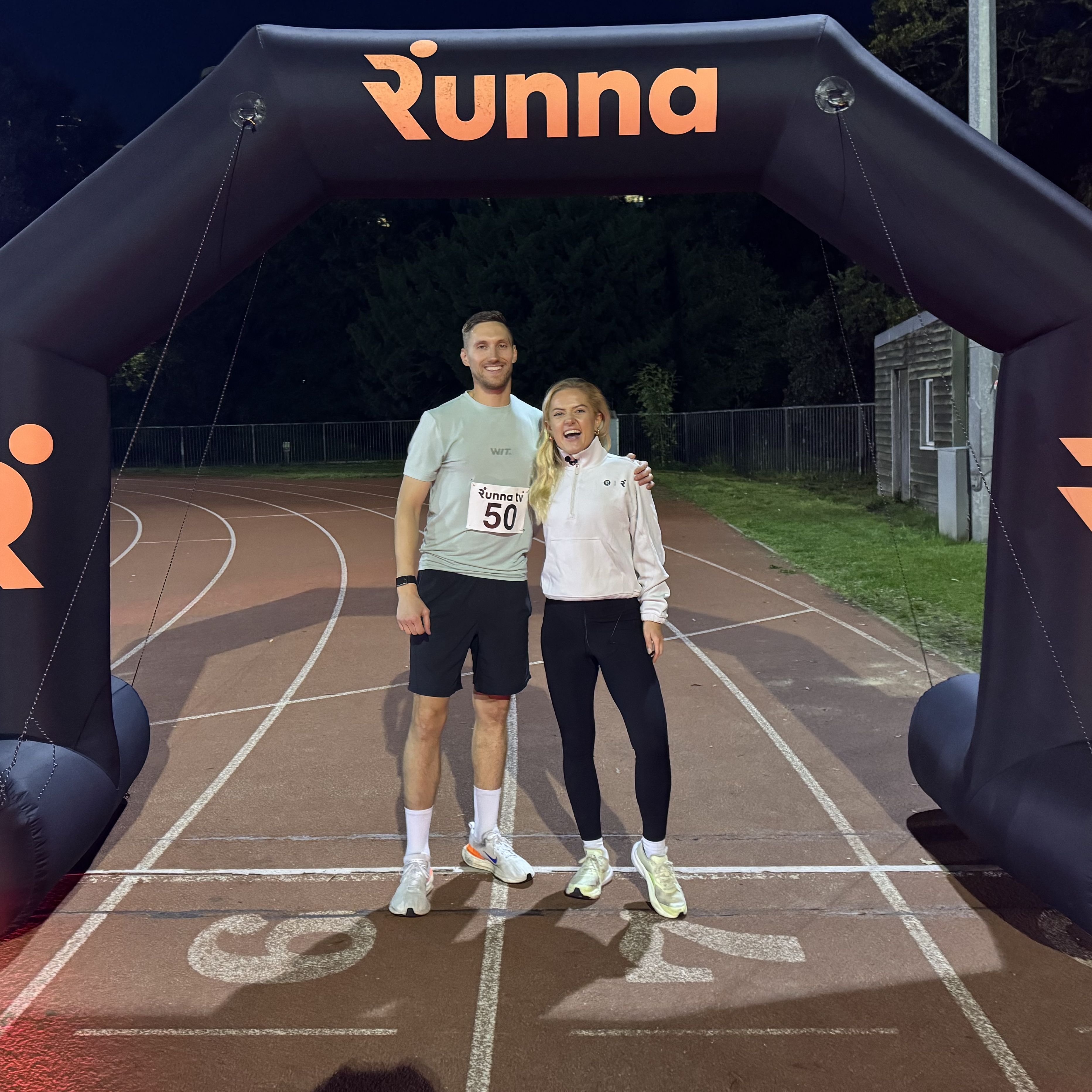

Sam Rider is an experienced freelance journalist, specialising in health, fitness and wellness. He is also a REPS level 3 qualified personal trainer.
You must confirm your public display name before commenting
Please logout and then login again, you will then be prompted to enter your display name.
